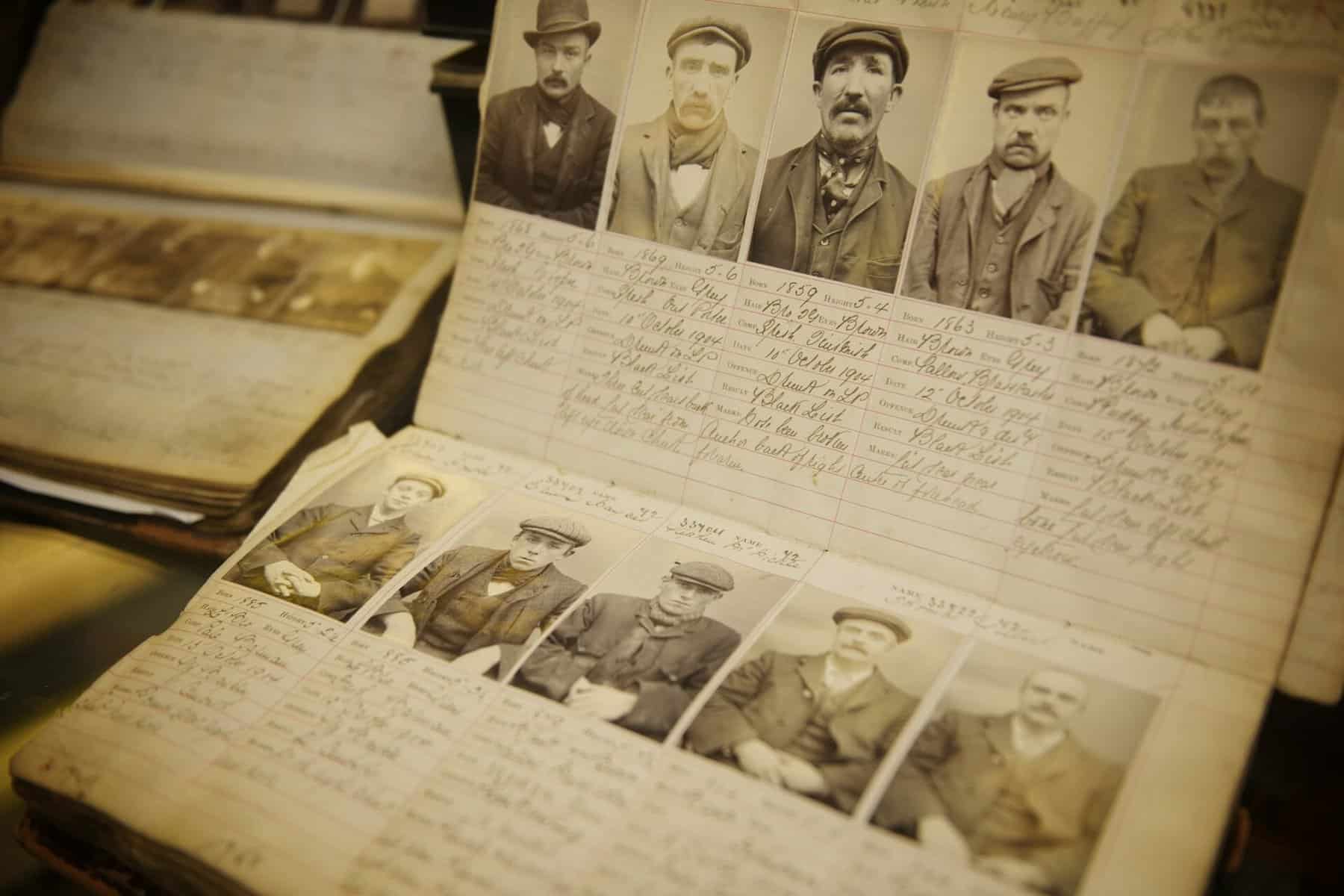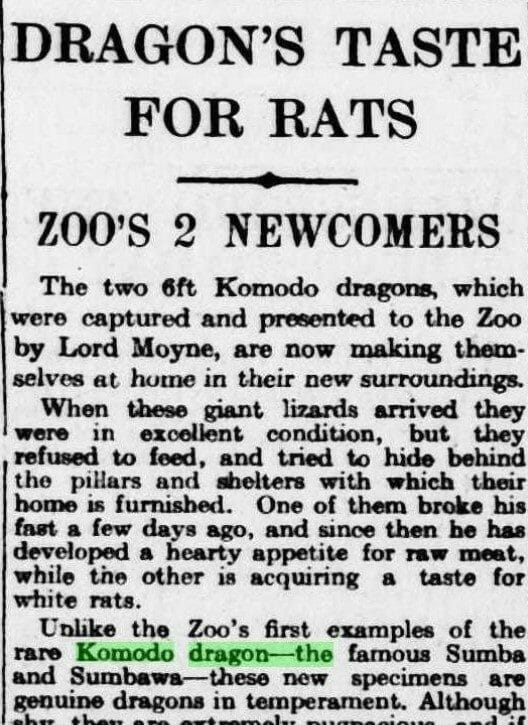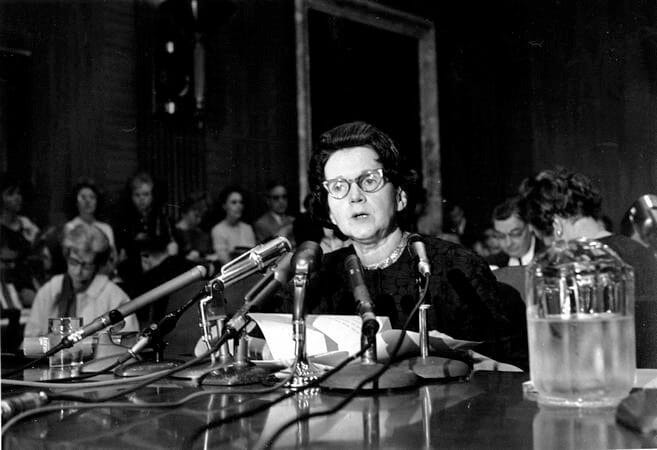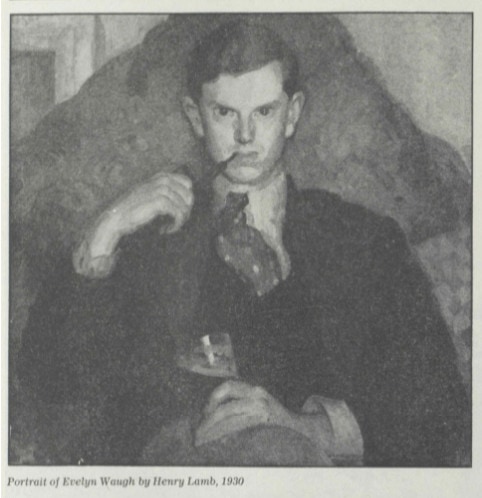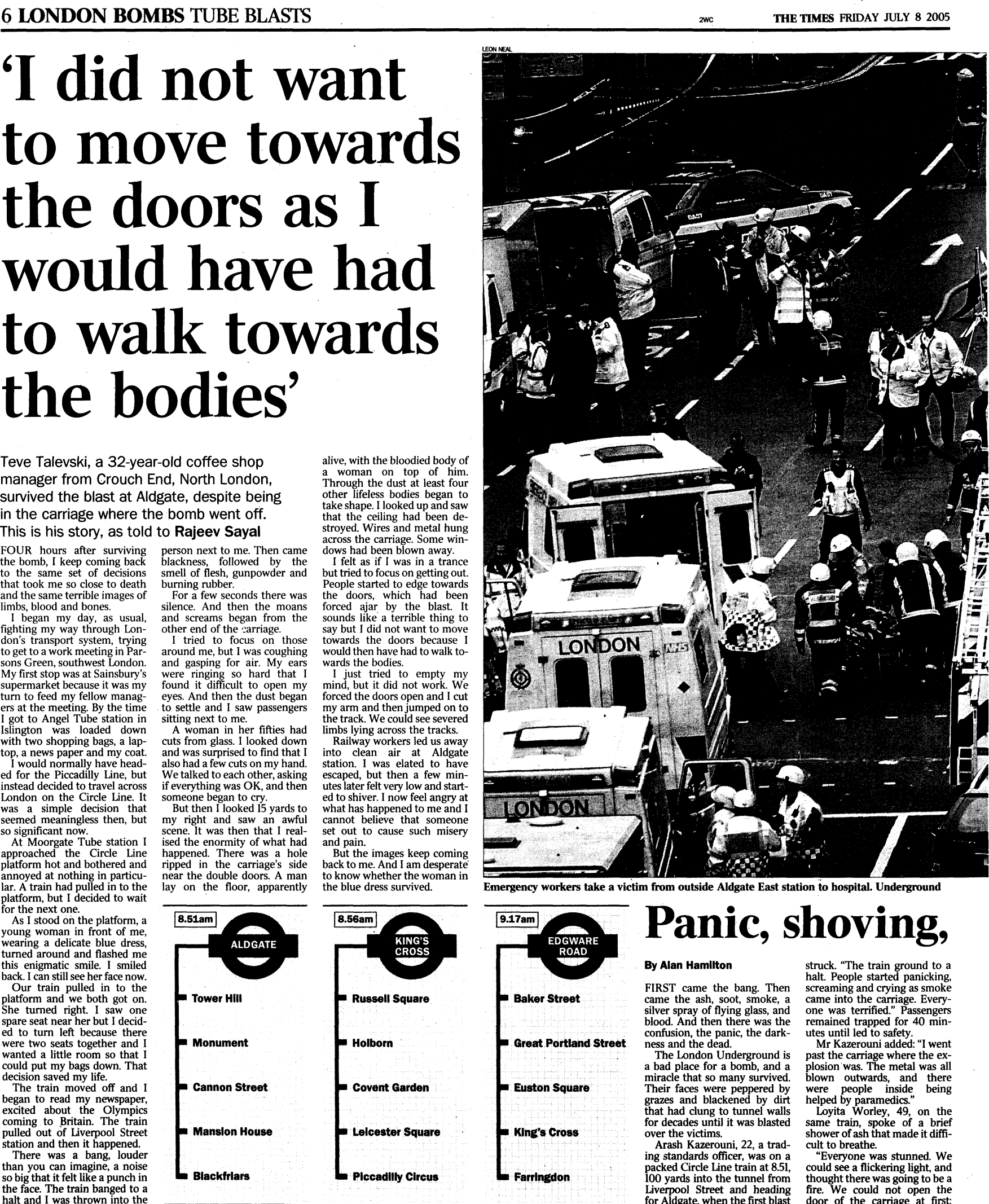│ By Megan Murphy, Gale Ambassador at the University of Liverpool │
The hit BBC drama series Peaky Blinders – which is set in Birmingham and follows the lives of the Shelby brothers and their criminal gang the ‘Peaky Blinders’ – has captivated the minds and imagination (and – thanks to lead star Cillian Murphy – the hearts) of the British public. Given the recent fascination with Birmingham’s criminal underworld that the series has generated, I thought it would be interesting to use Gale Primary Sources to investigate the ‘real’ Peaky Blinders of late nineteenth-century Birmingham.

